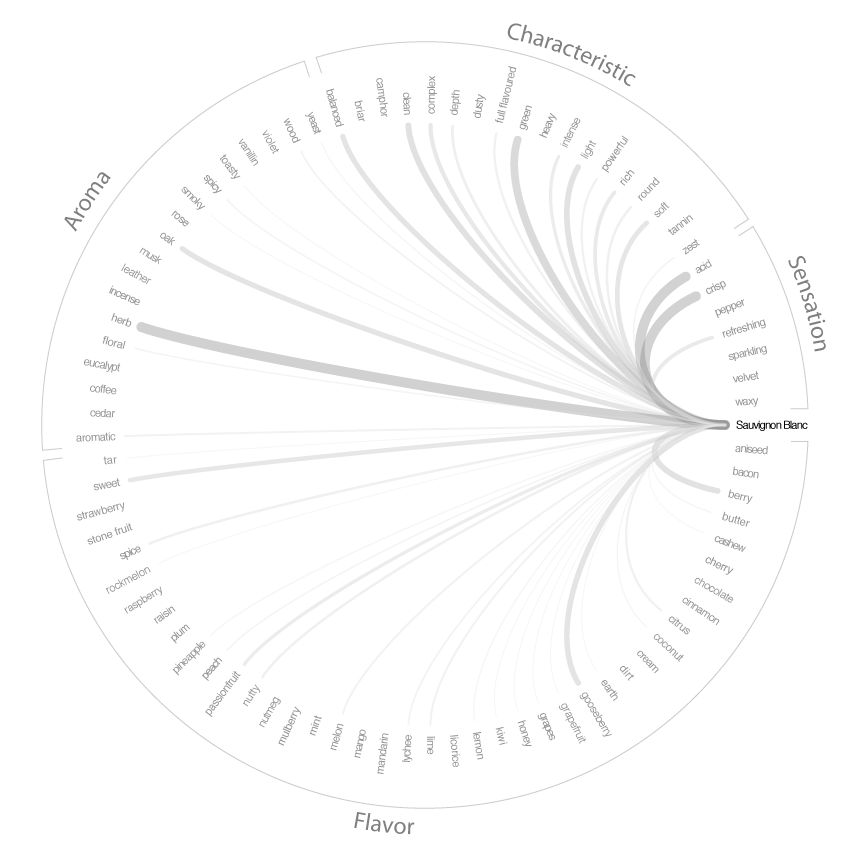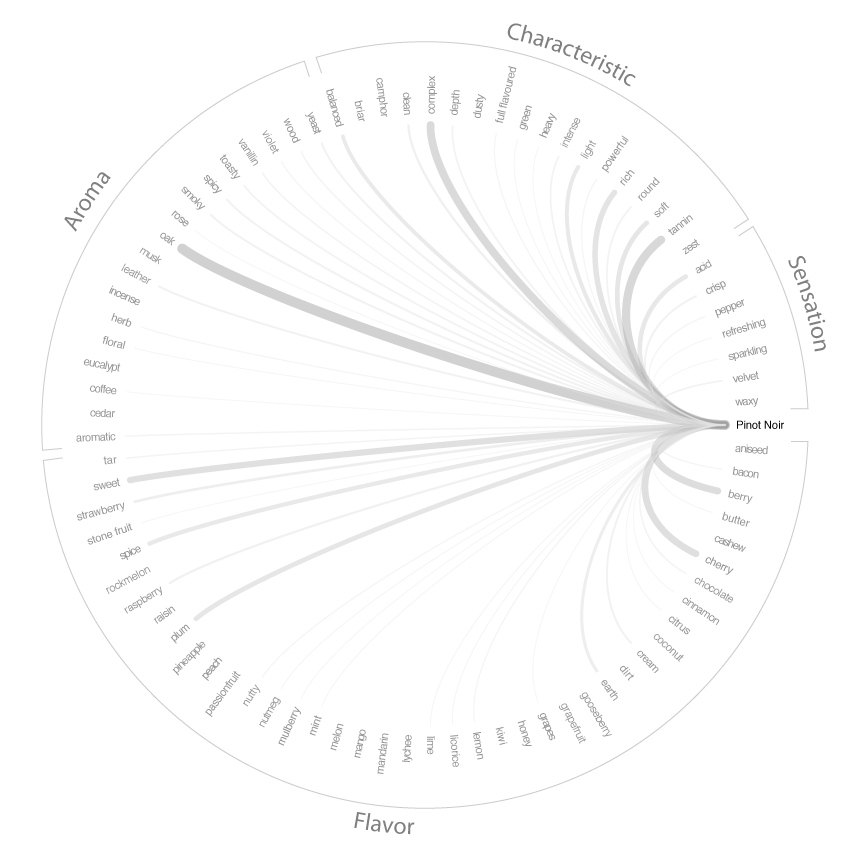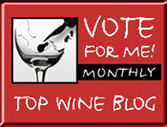My first recollection of getting pissed during a church sermon was when I was probably about 12 years old and got told I was a sheep. I generally like the wooly things but I knew I was being told I shouldn’t question—just have faith and follow—and even at that age it rubbed me like…uhh, wool. This wasn’t the Marines after all, and I couldn’t wrap my head around the pastor’s attempt to combine the spiritual and the dogmatic. The pursuit of pleasure in wine is unfortunately not much different for many. All you have to do is substitute Parker, Wine Spectator, etc. for the pastor, and replace the bible with a list of wine ratings. The meek won’t inherit the earth. They’ll more likely go into debt securing futures in the next great Bordeaux vintage.
The valium-laced tasting notes that accompany most rated wines often remind me of the Book of Genesis: “Abraham begat Isaac; and Isaac begat Jacob; and Jacob begat Judas and his brethren; and Judas begat blah blah blah…” I’m reading the back of my eyelids by the time they hit Solomon (and/or “hints of elderberry”…take your pick). But being able to detect basic aromas or flavor profiles is not without its merits. Does it take the intrinsic fun out of wine drinking if you are busy dissecting it? Sure. But it helps you determine what you do and don’t like so you don’t, by default become a sheep. I like pinot noirs that are on the more elegant graceful side, and that have plenty of earthy undertones. So if I read that a pinot is big and powerful with hints of cola, I do what King Arthur did, run away. And sometimes, when you are a newbie wine lover, you have no idea what it is you’re smelling, be it a waft of pineapple or a whisper of peach. Sometimes it takes someone to “suggest” the possibility that what you might be sniffing is more along the lines of apricots and BAM, they make the connection. The light bulb goes on.
So here’s where it gets funky. Apparently, a couple of students have broken down and studied a wide sampling of today’s varietals and come up with the wheels you see here. Each varietal’s wheel is broken down into four categories: flavor, aroma, characteristic and sensation. Basically, these wheels tell you what profiles you are most likely to smell/taste/feel for any given varietal. The thicker the line on the wheel, the more pronounced and more often noted the profile. So according to the sauvignon blanc wheel, what you are most likely to taste from your average bottle of it is berry and gooseberry, what you are most likely to smell is an herbal aroma, what you will most likely feel is crispness and acidity, and its overall characteristic tends to lean towards “green,” balanced, clean and light. Lots of funding to determine all this no doubt, but the cure for cancer still evades us.
What’s funky is that overall—and I say that in the most encompassing way I can—the most prevalent aroma found in today’s red varietals is…come on, you know this…wait for it…tip of your tongue…figured it out? Fucking oak. Wait, I should rephrase that. Not fucking oak as in a type of oak, like red oak or pine oak, or the opposite of virgin oak. Just plain ol’ fucking, thorn-in-my-side, too-much-of-a-good-thing oak. Even in the tested samples of pinot noir! The most readily noted aroma was oak?!?! As for the whites, the most noted flavor across the board was sweetness. Not citrus, not tropical fruit, not even butter. Fucking sweetness. If it wasn’t yet evident that the Coca-Cola-chugging generation has left an indelible mark on the wine industry (and not for the better), at this point it is “butter my butt and call me a biscuit” clear!
When I think of my ideal pinot noir, what I would point to in the aroma corner of this damned wheel is violets and maybe a little cedar or herb. BUT NOT OAK. I want to know the wine was aged in the wood but doesn’t smell like it because at that point it’s a mask. If all red varietals are slowly (or not so slowly) moving towards the same blasted aroma, what’s the point guys? Why bother buying a cabernet as opposed to a pinot if they’re both gonna basically smell and taste the same? Have we really lulled the wine industry into a state of compliance, with the majority of winemakers being led into a brick wall by a bunch of short-sighted baton twirlers? Who is it exactly that has become the flock of sheep?




{ 10 comments… read them below or add one }
I sometimes wonder if my taster is failing me in old age. Oak. Vanilla. Which is the end result of oak. Everywhere. Too dam much oak. But oak is better than sweet cherry, a euphemism for crappy wine. blecch!
I honestly don’t think it’s your age or your taster failing you….seems your taster is pretty accurate according to these results: Too much damned oak everywhere. And I’d agree that given too much oak or too much sweet cherry I’d have to side with the oak, but that’s just the lesser of two evils….like most political campaigns.
I believe that this needs to be linked up:
http://www.youtube.com/watch?v=FWBUl7oT9sA&NR=1
Thank you! One of my absolute favorite parts other than Sir Robin’s “chicken” song.
Katie, I really liked this entry today. One thing that I found interesting, and maybe it is just me, but I often get a fruit aroma on a wine (red berries, or whatever) that carries over to the taste. But the wheels that are provided don’t offer any fruit characteristics on the aroma portion of the wheel.
Is this because I’m a dope and you don’t ever really smell fruit on a wine (and yes I know the two are probably not mutually exclusive), or are they missing something here. A lot of times I actually taste oak more than smell it.
I’m gonna agree with you on this one, Lou (good god, someone please mark this day in history)….If you’re going to be purely scientific about all this, the only things you can truly taste are sweetness, sourness, saltiness, bitterness and “umami”. You don’t ever “taste” blackberry, technically you put it in your mouth and then smell it from there. Rather than be a pain in the ass about all this, what I probably would have at least done is combine those two sections into aromas/flavors as one. But then, we are pains in the ass aren’t we?
Butter your biscuits butter your buns!
I’m a dolt for not including the link to where you can find (a little) more info on these wheels:
http://tashian.com/wine-flavors/
Will add it to the post as well.
Katie, perhaps it isn’t the result of the wine changing, but who were the people that made these wheels? Maybe their sniffer was turned to oak. I find that some people can’t accurately judge what it is they are tasting or smelling. It’s just like they go through life eating or drinking whatever is placed in front of them. Perhaps this is just a Gruel generation. Pass the Doritos and Diet Pepsi please….
Technically, Don, this data was culled from thousands of reviews/tasting notes written by professionals, so if THEY can’t accurately judge what they are tasting, we’ve got a big problem….but then, we already knew we had a big problem didn’t we?! I think many wine writers would agree that a large portion of the wine industry has indeed changed, mostly to satisfy either one or two critics in order to get big scores, or to satisfy the cash-holding, cola-chugging consumer.
I think many wine writers would agree that a large portion of the wine industry has indeed changed, mostly to satisfy either one or two critics in order to get big scores, or to satisfy the cash-holding, cola-chugging consumer.
{ 1 trackback }